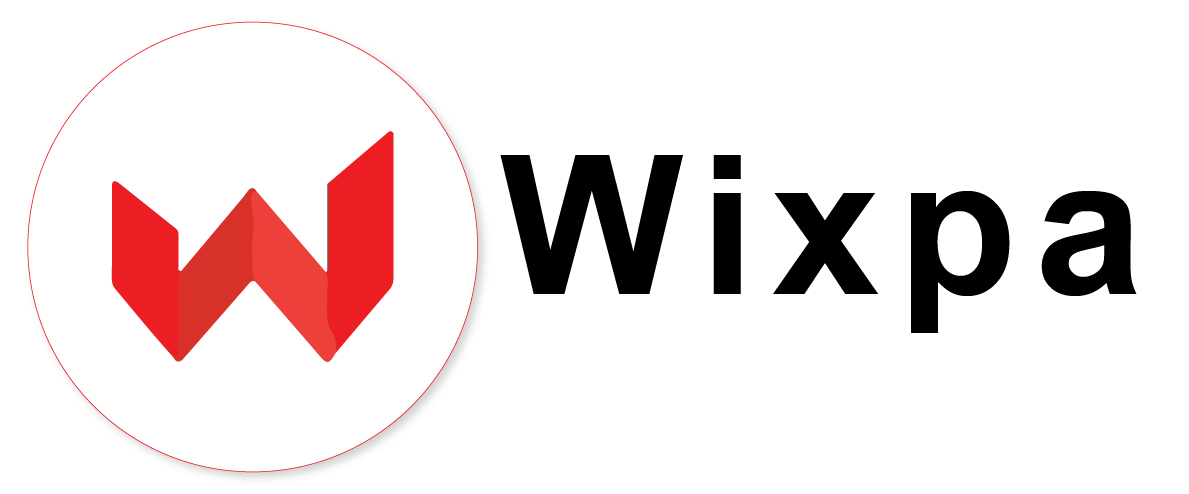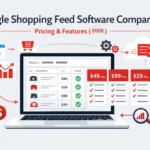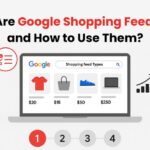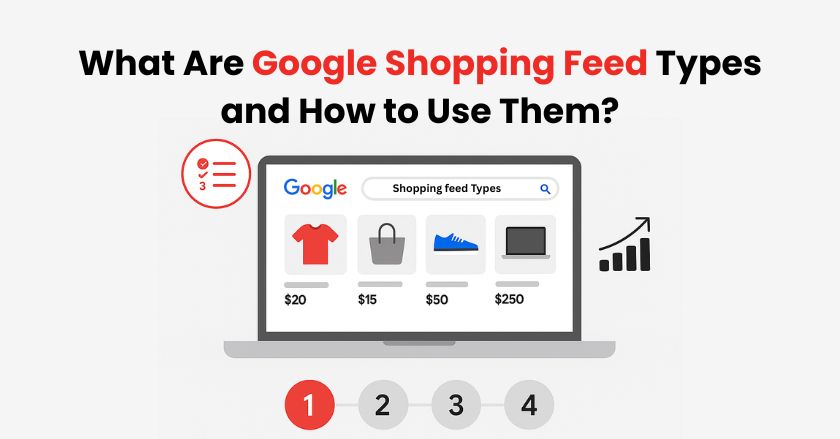
If you own an e-commerce business, it is essential to reach as many consumers as possible with your products. One of the best solutions to this is using Google Shopping feeds, as they allow the display of your product in Google Shopping ads, making it one of the most appealing formats in the market.
In this post, we’ll examine the different forms of Google Shopping feeds and show how they work, especially for users of Shopify who are searching for ways to integrate the best Shopify apps for Google Shopping into their operations.
What is a Google Shopping Feed?
A Google Shopping feed, in most simple terms, is a well-organized data file that details all the products you are advertising on Google. The file consists of information like product titles, cost, descriptions, images, and categorization that assist Google in displaying the products accordingly in the Shopping ads.
Key Benefits of Using Google Shopping Feeds
Google Shopping feeds are essential resources that any e-commerce shop can use. It places your products in the eyes of buyers who are looking for your products, thus making them very effective. For Shopify users, these feeds work quite efficiently when integrated with the best Shopify apps for Google Shopping, as they make feed creation and updates easier.
Key benefits of shopping feeds include:
Higher Visibility: Due to their unique positioning, Google Shopping ads have a higher chance of getting the products out there.
Improved Reach: With Google and other targeting mechanisms, your products are bound to reach a large audience base.
Enhanced Engagement: Known everywhere, visual advertisements will certainly improve the number of clicks and will drive traffic straight to your site.
Secondary Types of Google Shopping Feeds
So when you are about to create your feed for Google Shopping marketing, there are two types of feeds almost ready for you to choose from: Primary Feeds and Supplemental Feeds. As you might expect, each has a different role, hence the need to differentiate them.
Primary Feeds
A primary feed is the principal product data source that Google uses to generate your Shopping ads. This feed encompasses all necessary product details, from the name of the item to its price, and constitutes the core of your Google Shopping campaign.
Supplemental Feeds
Supplemental feeds are essentially supportive feeds that offer sources of information that cannot be held independently but support the primary feed through the provision of additional information, including geographic prices or newly revised descriptions.
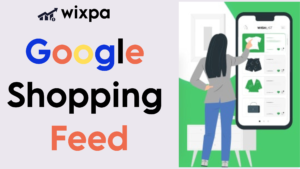
How to Select the Correct Feed Type?
First question: Are you creating the feeds from scratch, or are you looking to improve your existing feeds? The choice between a primary and a supplemental feed mostly depends on your circumstances. Primary should be your choice if you are starting from scratch. On the other hand, if you aim to enhance your present data, go for the supplemental feeds.
Primary Feeds: The Backbone of Google Shopping
The creation of primary feeds is the very first step towards configuring the Google Shopping account. When working on such a feed, it is necessary to prepare data such as product IDs and descriptions, pricing, availability, and other necessary product details. It is the primary feed that forms the source of information related to advertising on Google Shopping and thus requires precision and constant modifications.
Supplemental Feeds: Improving the Primary Feed
Supplemental feeds do not require you to start from scratch with your primary feed ready. Some supplemental feed examples include new shipping regions, promotional text, etc. These feeds are used if you have to make changes to some fields only and do not wish to re-upload a whole feed.
Here’s How You Can Use Shopify with Google Shopping Feeds:
For users of Shopify, the process of integrating Google Shopping is quite easy due to some of the best Shopify apps for Google Shopping. This allows advertisers to utilize such solutions as alternative feed manager devices that will create the feed on their own and update it instantaneously, making the ads useful and relevant in all ways.
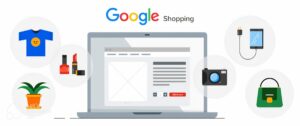
How To Set Up Your Google Shopping Feed On Shopify:
In practice, an online store on this platform should have no problems setting up a Google Shopping feed with the right Google Shopping Apps for Shopify. Here’s a short procedure on how to do that in a few steps:
- Create a Google Merchant Center account and link it to your Shopify account.
- Go to the Shopify app store and download one of the Google Shopping Apps.
- Create your final product feed through the app of your choice by following the processes and including all the necessary details.
- Submit the feed to Google Merchant Center and fix the issues that have been marked.
Best Google Shopping Feed Apps for Shopify:
In finding perfect apps, there are some issues ad companies might address when using the Google Shopping feed for Shopify users. Here are some recommended apps that can help relax the user’s tension.
Wixpa
Wixpa offers some of the most effective tools for managing your product feed. It simplifies the process of uploading as well as managing your feeds across numerous platforms. It does most of the work for you, which saves you some time. It’s perfect for international sellers who require greater control and uniformity across channels.
Key Features:
- Supports multiple marketplaces and ad platforms.
- Real-time sync with Google Merchant Center.
- Custom feed rules and Metafields support.
- Works in different languages and currencies.
- Helps target specific regions with localized feeds.
Simprosys
Simprosys is another product data feed app that features an easy-to-navigate interface alongside robust feed management capabilities. It integrates with several advertising networks, like Microsoft, Facebook, Pinterest, and Google. Symprosys excels at automating feed update processes, managing promotional activities, and delivering real-time updates on delivery details.
Key Features:
- Manages Performance Max and Smart Shopping campaigns.
- Supports multi-language, multi-currency, and global domains.
- Easy bulk edits and feed rule customization.
- Highlights special offers through promotion feeds.
- Auto-generates checkout links for Google Shopping.
AdNabu
Nabu is an easy-to-use, AI-enhanced product. It assists in optimizing product listings with keyword suggestions and feed editing. It enables error-free editing to your feed. In addition, you can handle feed reviews for multiple nations. You can also add reviews to products, which improves their visibility and offers.
Key Features:
- ChatGPT-powered feed optimization AI for the Shopify ecosystem.
- Shopify market (domains, subdomains, folders) outback navy.
- BULK voucher, editing, and classified suggestions.
- Integration of reviews for products.
- Support for multiple languages and currencies.
Using these applications allows users of Shopify platforms to keep track of the feeds as well as keep their shopping feeds as aligned as possible with Google expectations, and do so with minimal interventions.
How to Make Your Google Shopping Feeds More Resourceful
It is very important to optimize Google Shopping feeds if you want to be different. Review each product title as well as the product description text, and use only suitable SEO keywords for them. Also, adding more images and lowering the price will help to get more clicks and increase sales.
Fixing Some of the Common Errors in Feeds
Some of the common problems are items that have been rejected for exceeding specified limits, a lack of details, or irrelevant prices. The Merchant Centre’s other Diagnostics tool will give relevant information on what errors there are, so that you can anticipate correcting them in advance and avoid a lot of disallowed items later on.
Conclusion
Although the clickable channels of Google Shopping feeds can look intimidating at first, familiarity with the different types of feeds and their functions makes the entire process easier. The use of both primary and secondary feeds is beneficial in this case since it allows you to better control your data, especially if you belong to Shopify. Furthermore, pairing those with the most suitable Shopify apps for Google Shopping optimizes your products and exposes them to relevant audiences. Now it’s time to get the best out of the Google Shopping feeds to increase your success in e-commerce!

